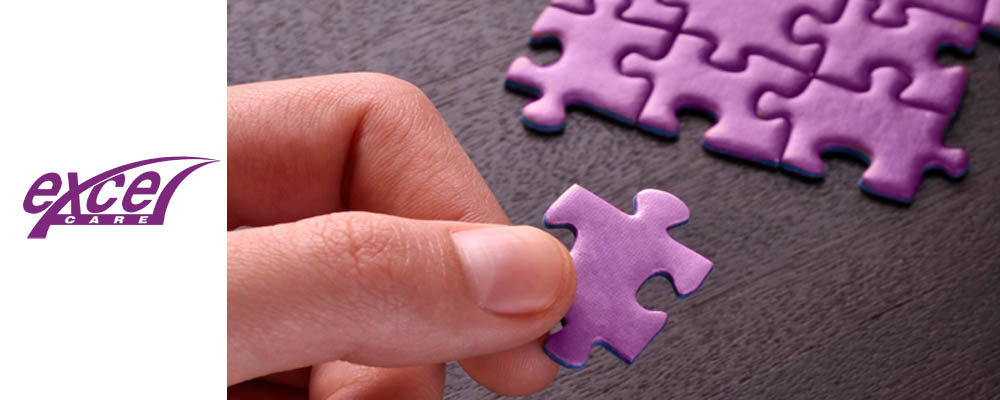In a motor vehicle accident many injuries are deemed as Soft Tissue or Musculoskeletal Joint injuries. These types of injuries are caused by a number of different factors. A front –end impact affects the flexion/extension mechanism. A rear-end impact causes injuries to hyperextension/flexion mechanism (whiplash). Whereas a side impact causes injury to the lateral flexion mechanism.
After an accident, Muscularskeletal Injuries can be a challenge to most Physicians as each mechanism of the injury is slightly different. If you are examined right after your accident, site these injuries may not appear right away as they may lack soreness or muscle tightness as well as you may still have some functional range or motion.
Below you will find some of the most common Muscular Skeletal Injuries in a Motor Vehicle Accident.
NECK (Whiplash)
Whiplash is a general term that applies to neck injuries that occur when the neck is extended, typically during sudden acceleration or deceleration. The medical term for whiplash is cervical acceleration-deceleration, and the symptoms of whiplash are known as whiplash associated disorders. A patient who has sustained a whiplash generally complains of:
- Neck Pain
- Restricted range of motion
- Headaches
- Pain that extends into the shoulder and arm
- Upper extremity paresthesias – abnormal sensation such as prickling, burning or a sensation of small insects crawling on the skin
- Back pain
CLAVICAL
The clavicle, or collarbone, is located between the ribcage and the shoulder blade. It connects the arm to the body, and most fractures occur in the middle of the bone, most often by a direct blow to the shoulder.
- Sagging shoulder (down and forward)
- Inability to lift the arm because of pain
- A grinding sensation if an attempt is made to raise the arm
- A deformity or “bump” over the break
- Bruising, swelling, and/or tenderness over the collarbone
HANDS AND ARMS
The arm closest to the window is nearly always affected. These injuries are typically very severe and may even result in loss of the affected arm and hand. Your hands and arms are often used instinctively for protection and are injured in the process. The hands are extremely complex and if injuries are not treated properly and quickly, healing may be incomplete and lead to long-term disability.
FRACTURED PELVIS AND HIP
Fractures of the pelvis are increasingly recognized as a marker of severe injury, as the force required to disrupt the pelvic ring is substantial. Severe bleeding leading to hypovolaemic shock is often a feature of severe pelvic fractures.
The risk and type of hip dislocation is believed to be dependent both on the force of injury and the position of the lower extremity during trauma. Ninety percent of hip dislocations are posterior resulting from force along the long axis of the femoral shaft with the hip in the flexed, adducted position. Typically, this is the position while seated in a car, thus the term “dashboard injury.” It is important to be aware of the possibility of an associated ipsilateral femoral neck, shaft, or knee fracture with a posterior dislocation.
Types of Bone Fractures
- Compound fracture – compound or open fractures break the skin around the broken bone. These types of fractures often result in infection because the injury is open to the outside world. If an infection occurs, the bone healing can be complicated. Compound fractures usually require surgery.
- Avulsion fracture – a bone fracture in which a bone fragment pulls away from the main mass of bone. The avulsion often occurs at the ligament.
- Simple fracture – a bone fracture in which the skin is still intact.
- Buckle or greenstick fracture – a break that occurs to immature bones during infancy and childhood.
- Hairline or stress fracture – often occurs in leg or foot bones and is a small crack in the bone.
Types of Soft Tissue Injuries
Muscles
Damage to muscles can be direct or indirect. When the demand on the muscle is greater than the strength of the structure then a tear can occur. These injuries are graded according to the amount of damage done.
1st Degree = Strain. A small number of muscle fibers are damaged.
2nd Degree = Partial Rupture. Up to 50% of the muscle is damaged.
3rd Degree = Complete Rupture. The muscle is completely torn.
Direct trauma to the muscle usually results in a Contusion Hematoma (Bruising)
Tendon Injury
As with the muscle injury, tendon injury has been classified into three grades:
Primary – there is inflammation and swelling in the tendon = tendinitis
Secondary – there may be a partial tear of the tendon causing pain and weakness
Tertiary – There is complete rupture of the tendon. There may be little pain but complete loss of function.
Ligaments
Ligaments are usually damaged by significant external force. The function of the ligament is to stabilize the joint.
1st Degree = Strain. A small number of ligament fibers are damaged. There is usually some swelling and pain on stretch.
2nd Degree = Partial Tear. Up to 50% of the ligament is damaged. There is greater pain and swelling.
3rd Degree = Complete Rupture. The entire ligament is torn. There may be less pain but significant swelling and loss of function.
